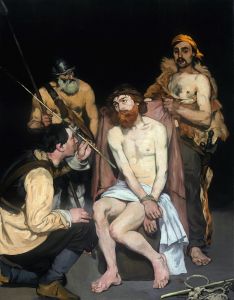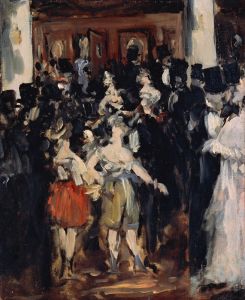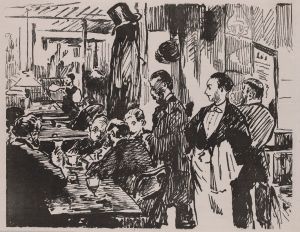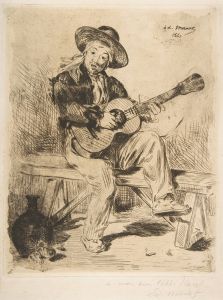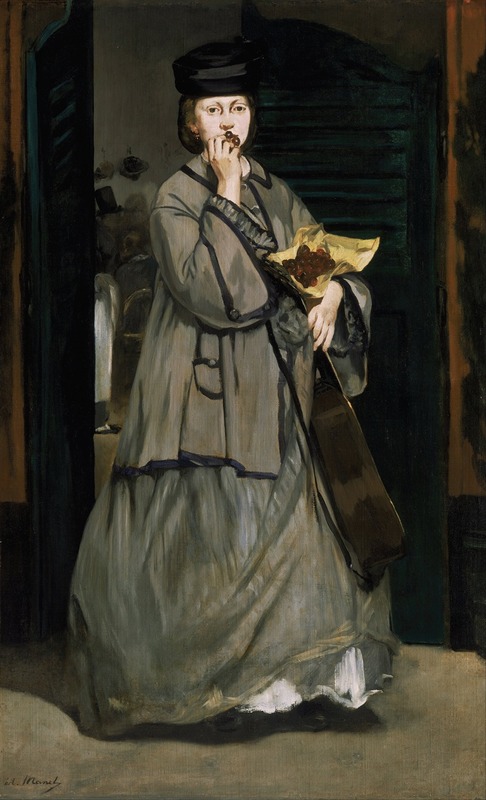
Street Singer
A hand-painted replica of Édouard Manet’s masterpiece Street Singer, meticulously crafted by professional artists to capture the true essence of the original. Each piece is created with museum-quality canvas and rare mineral pigments, carefully painted by experienced artists with delicate brushstrokes and rich, layered colors to perfectly recreate the texture of the original artwork. Unlike machine-printed reproductions, this hand-painted version brings the painting to life, infused with the artist’s emotions and skill in every stroke. Whether for personal collection or home decoration, it instantly elevates the artistic atmosphere of any space.
"Street Singer" is an oil painting by the French artist Édouard Manet, created around 1862. This work is an early example of Manet's innovative approach to modern life subjects, which would later become a defining characteristic of his career and a significant influence on the Impressionist movement. The painting is housed in the Museum of Fine Arts in Boston.
The painting depicts a female street musician, a common sight in the bustling urban environment of 19th-century Paris. The woman is shown in full length, stepping out of a café or tavern, with a guitar in her right hand and cherries in her left. She wears a simple, dark dress and a bonnet, and her expression is somewhat enigmatic, capturing a moment of transition as she moves from the interior space to the street. The background is loosely defined, focusing attention on the figure herself.
Manet's choice of subject matter reflects his interest in contemporary life and the people who inhabited the margins of society. Street musicians were a familiar presence in Paris, often performing for small change from passersby. By choosing to paint a street singer, Manet elevates a humble and transient figure to the status of a subject worthy of fine art, challenging traditional hierarchies of genre painting.
The composition of "Street Singer" is notable for its simplicity and directness. Manet employs a limited color palette, dominated by dark tones, which adds to the painting's somber and realistic mood. The brushwork is loose and fluid, characteristic of Manet's style, which often emphasized the materiality of paint and the act of painting itself. This approach was part of a broader movement away from the highly finished surfaces favored by academic painters of the time.
"Street Singer" is also significant for its role in Manet's development as an artist. It was painted during a period when he was beginning to break away from traditional techniques and subjects, experimenting with new ways of seeing and representing the world around him. This painting, along with others from the same period, such as "The Spanish Singer" and "Music in the Tuileries," marks a shift towards the modernist sensibilities that would define his later work.
The painting's reception at the time of its creation is not extensively documented, but like much of Manet's work, it likely provoked mixed reactions. Manet's work often challenged the conventions of the art establishment, leading to both criticism and admiration from his contemporaries. Today, "Street Singer" is appreciated for its innovative approach and its role in the evolution of modern art.
In summary, Édouard Manet's "Street Singer" is a significant work that captures the essence of modern life in 19th-century Paris. Through its depiction of a street musician, the painting reflects Manet's interest in everyday subjects and his innovative approach to painting, which would influence future generations of artists.










